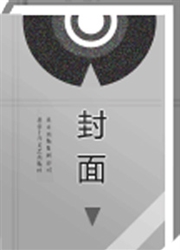

 中文摘要:
中文摘要:
为了探究一维导电掺锑氧化锡的制备条件,分别以SnCl_4·5H_2O和SbCl_3为Sn源和Sb源,以NaOH为沉淀剂,添加Na_2SiO_3·9H_2O和Na Cl作为烧结助剂制备掺锑氧化锡(ATO)纳米棒,研究前驱体反应条件对ATO形貌和结构的影响;在硅酸铝纤维表面沉积ATO前驱体并高温焙烧制备导电纤维,研究不同煅烧温度对ATO沉积硅酸铝导电纤维导电性能的影响。结果表明:在Na_2SiO_3·9H_2O与Na Cl的协同作用下,高温焙烧后可制备形貌规则、晶型良好的ATO纳米棒;当焙烧温度为900℃时,导电纤维的导电性最佳。
 英文摘要:
英文摘要:
To explore the preparation conditions of one-dimensional conductive antimony doped tin oxide(ATO), ATO nanorods were prepared with coprecipitated precursors using tin tetrachloride and antimony trichloride as Sn source and Sb source, Na OH as precipitator, Na_2SiO_3·9H_2O and NaCl as sintering aids. The effect of reaction conditions on the morphology of ATO nanorods during the precursor reaction was investigated. Conductive fibers was prepared at high temperature by depositing ATO precursor on the surface of aluminium silicate fibers, and the effect of calcination temperature on the electric conduction was investigated. The results show that roasting at high temperatures the as-prepared ATO turn into nanorods with regular morphology and good crystal shape with the help of Na_2SiO_3·9H_2O and Na Cl. The resistivity of the conductive fibers achieves the lowest when the calcination temperature is 900 ℃.
 同期刊论文项目
同期刊论文项目
 同项目期刊论文
同项目期刊论文
 期刊信息
期刊信息
